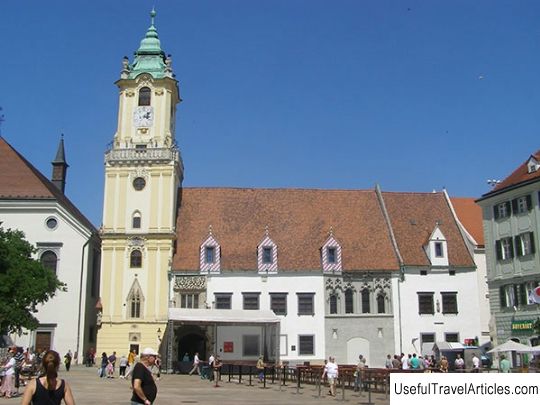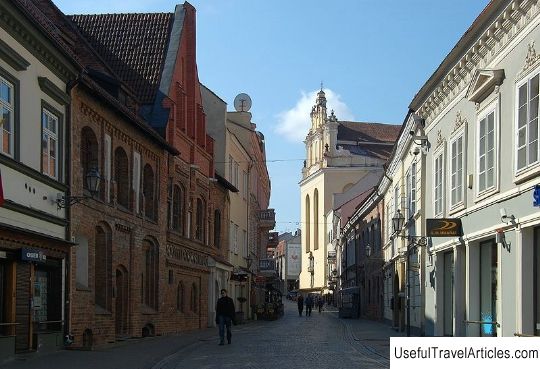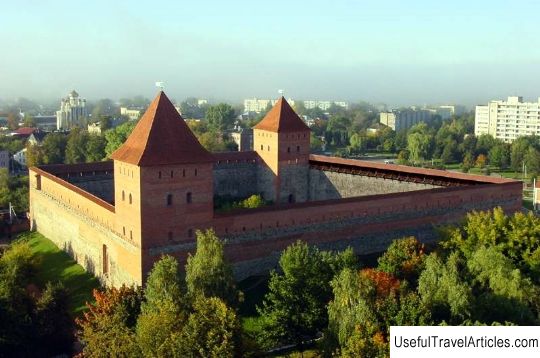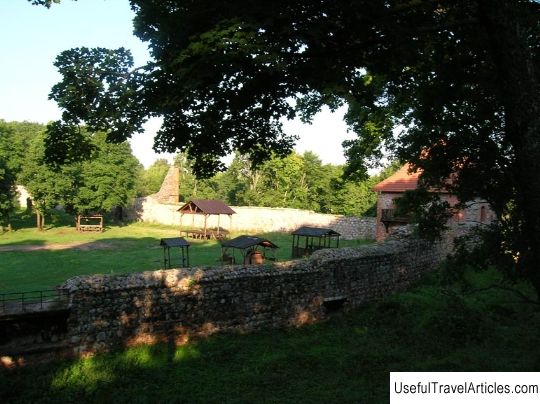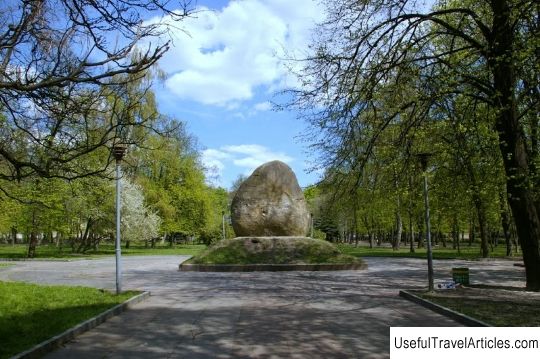Castle of Gediminas (Gedimino pilies bokstas) description and photos - Lithuania: Vilnius
Rating: 8,1/10 (5432 votes) 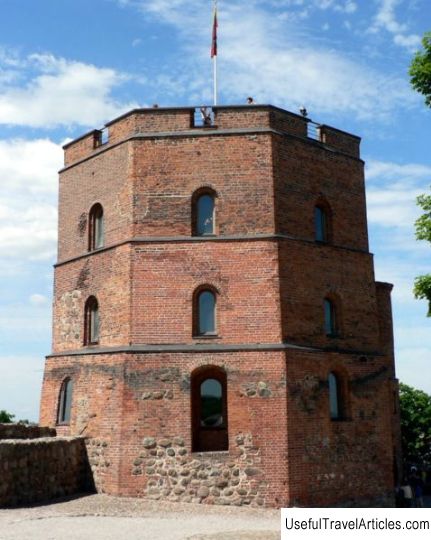
Gedimino pilies bokstas description and photos - Lithuania: Vilnius. Detailed information about the attraction. Description, photographs and a map showing the nearest significant objects. The name in English is Gedimino pilies bokstas. Photo and descriptionGediminas Castle is a cultural and historical monument in Vilnius. The castle is located in the western part of the Castle Hill - a hill surrounded by rivers, which is an excellent place to build a castle, as well as the basis for a fairly large settlement. The mountain itself is overgrown with trees and shrubs. The history of Gediminas Castle is connected with the history of the development of Vilnius. Judging by the legend that was accidentally discovered in one of the Lithuanian chronicles of the 16th century, we can say that the castle was built on the banks of the Vilna by Prince Gediminas immediately after he had a strange dream. In a dream, the prince dreamed of an invulnerable iron wolf: he stood on a hill, emitting a loud growl, like a pack of tireless wolves. The priest in the pagan cult of Lizdeika saw in this dream the will of the gods, who commanded Gediminas to build a castle on the banks of the river, as well as to found a city that will soon become prosperous and powerful, and his fame will spread throughout the world. But there are other historical sources that claim that in 5 In the 6th century, vast settlements already existed at the mouth of Vilna, and the place chosen for the construction by the prince simply had a favorable and suitable geographical location. But it is known for sure that in 1230 the castle already took place. In order to get to the castle, you need to climb to the tower along the road laid back in 1895-1896, which has a spiral shape or on funicular, built in 2003. Near the tower on the Castle Hill are the ruins and remains of the Upper Castle - part of the defensive wall and the foundation of the southern tower. The tower is not only of historical and historical and cultural significance, but also serves as an excellent example of Gothic architecture. Only in the 20th century did the tower acquire the emblem and symbol of not only the city, but the entire Lithuanian state. The image on the emblem replaced the original coat of arms of the city and was often used in various souvenirs and crafts. As soon as conquerors and regimes changed, the flag on the tower changed immediately. For the first time, the flag was raised on the Gediminas tower in early 1919 by a group of volunteers from the Lithuanian army led by Kazis Skirpa. Further, the Lithuanian flag was raised above the tower in August 1920, right after the city of Vilnius was surrendered to the Lithuanian authorities by the retreating Soviet troops. The Second World War ended with the elevation of the flag of the Lithuanian SSR on the tower. The Sajudis movement insisted on the ceremony of hoisting the flag of Lithuania, but at that time it was considered unofficial, but still not prohibited. It was in honor of this event that a memorable day was established on the tower, i.e. Lithuanian Flag Day, celebrated on 1 January. Until now, solemn ceremonies for changing the flag on the tower are held on this day. The ruins of the castle and the Gediminas tower itself have survived only from the Upper Castle of the late 14th-early 15th centuries on the Castle Hill. It is believed that a wooden castle existed here since the 13th century. In 1365-1402, the Lower and Upper Castles were badly damaged by the attacks of the crusaders, which were later restored by Gedimin's grandson, the Grand Duke of Lithuania Vitovt. Only the Lower Castle was used in the deputy as a representative and living room. The upper castle was used as an arsenal and a seikhgauz. As the artillery developed, the castles lost their military role more and more, and by the 17th century the Upper Castle was completely neglected. At one time it was used as a prison for the gentry. During the war between Russia and the Commonwealth, even under Tsar Alexei Mikhailovich, the city was captured by the tsarist troops. But soon the Polish-Lithuanian troops were able to recapture the city, although they did not succeed in taking the Upper Castle, because the Russian garrison under the leadership of Daniel Myshetsky found shelter here. The siege of the castle lasted more than 16 months, ending with the surrender of the garrison. Since then, the castle has not been restored. At present, in the western part of the Gediminas Castle there is a museum dedicated to the history of Lithuania, which was opened in 1960. The museum presents expositions,       Topic: Castle of Gediminas (Gedimino pilies bokstas) description and photos - Lithuania: Vilnius. |
